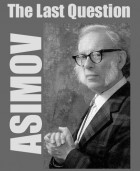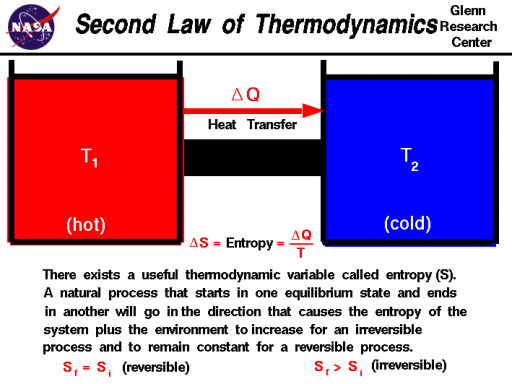Ask Ray | Asimov’s story “The Last Question”
November 27, 2012 by Ray Kurzweil
About Asimov’s “The Last Question” — I was captivated by Asimov’s story as a child, and again some 50 years later in reading Ray’s version of the answer in The Singularity Is Near.
Looking forward to getting his new book!
Thank you,
Ron Eckhardt
Dear Ronald,
Thanks. Yes, the evolution of intelligence runs counter to the second law.
Best,
Ray
Related:
short story | “The Last Question”
Wikipedia | second law of thermodynamics
about “The Last Question”
Wikipedia | “The Last Question” is a science fiction short story by Isaac Asimov. It first appeared in the November 1956 issue of Science Fiction Quarterly. It was Asimov’s favorite short story of his own authorship, and is one of a loosely connected series of stories concerning a fictional computer called Multivac.
SPOILER ALERT:
In conceiving Multivac, Asimov was extrapolating the trend towards centralization that characterized computation technology planning in the 1950s to an ultimate centrally managed global computer.
After seeing a planetarium adaptation, Asimov “privately” concluded that this story was his best science fiction yet written. “The Last Question” ranks with “Nightfall” and other stories as one of Asimov’s best-known and most acclaimed short stories.
The story deals with the development of computers called Multivacs and their relationships with humanity through the courses of seven historic settings, beginning in 2061. In each of the first six scenes a different character presents the computer with the same question — namely, how the threat to human existence posed by the heat death of the universe can be averted.
The question was: “How can the net amount of entropy of the universe be massively decreased?” This is equivalent to asking: “Can the workings of the second law of thermodynamics (used in the story as the increase of the entropy of the universe) be reversed?”
Multivac’s only response after much “thinking” is: “INSUFFICIENT DATA FOR MEANINGFUL ANSWER.”
The story jumps forward in time into newer and newer eras of human and scientific development. In each of these eras someone decides to ask the ultimate “last question” regarding the reversal and decrease of entropy. Each time, in each new era, Multivac’s descendant is asked this question, and finds itself unable to solve the problem. Each time all it can answer is an (increasingly sophisticated, linguistically): “THERE IS AS YET INSUFFICIENT DATA FOR A MEANINGFUL ANSWER.”
In the last scene, the god-like descendant of humanity (the unified mental process of over a trillion, trillion, trillion humans that have spread throughout the universe) watches the stars flicker out, one by one, as the universe finally approaches the state of heat death. Humanity asks AC, Multivac’s ultimate descendant, which exists in hyperspace beyond the bounds of gravity or time, the entropy question one last time, before humanity merges with AC and disappears.
AC is still unable to answer, but continues to ponder the question even after space and time cease to exist. Eventually AC discovers the answer, but has nobody to report it to; the universe is already dead. It therefore decides to show the answer by demonstrating the reversal of entropy, creating the universe anew. The story ends with AC’s pronouncement — and AC said: “LET THERE BE LIGHT!” And there was light.

